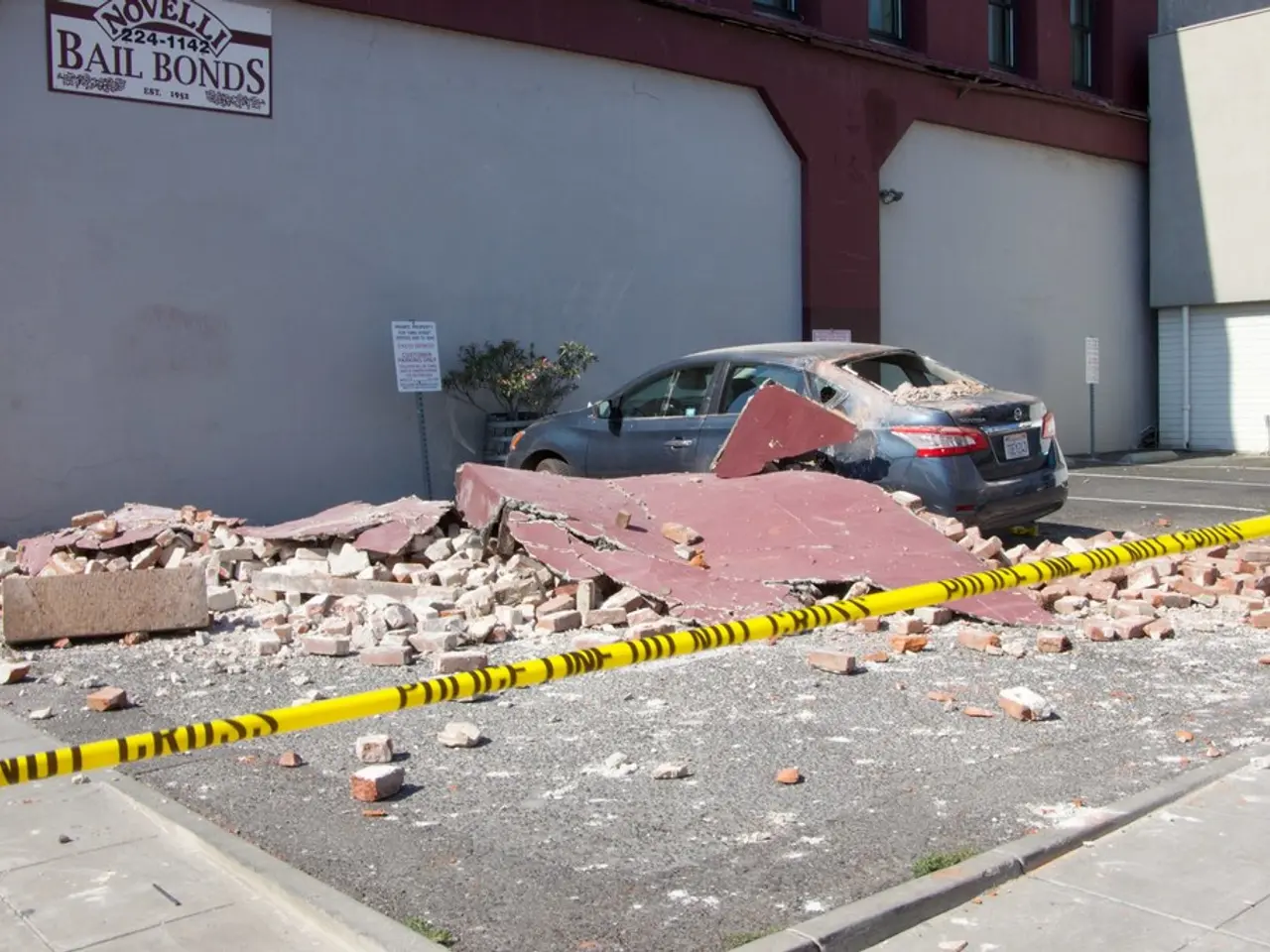L.A. Metro's A Line Extension set for launch in Pomona on September 19.
The much-anticipated LA Metro A Line Extension to Pomona is set to open on September 19, marking a significant milestone in the L.A. Metro's overall transit expansion. This 9.1-mile eastward expansion features four new stations in Glendora, San Dimas, La Verne, and Pomona, seamlessly integrating pedestrians, cyclists, buses, and private vehicles [1][2][3].
The A Line Extension, part of the Twenty-Eight by '28 initiative to improve the region's transit infrastructure, was completed ahead of schedule on January 3 [4]. The extension will connect people living and working in San Gabriel Valley cities, Greater Los Angeles, and beyond, easing overcrowding and providing a faster, reliable alternative to the often-congested 210 freeway [1][3][4].
One of the key benefits of the A Line Extension is improved access to educational institutions. It will provide easier commutes for students and staff to Cal Poly Pomona, University of La Verne, Mt. San Antonio College, and Pomona College [3]. The Pomona North Station will serve as a key transit hub, connecting to the Pomona Metrolink Station and the San Bernardino Metrolink Line.
The A Line Extension stations will be equipped with bike lockers, electric vehicle chargers, vehicle drop-offs, and park-and-ride facilities [3]. Riders will also be able to transfer between L.A. Metro and Metrolink at the Pomona Station.
The Foothill Gold Line Construction Authority led the construction of the A Line Extension, a project that began in 2020 [6]. The A Line Extension construction was later handed over to L.A. Metro to complete the extension [7].
The A Line Extension is not just about commuting; it also enhances access to recreation centers, regional parks, museums, and historic downtowns. It will provide easier access to the Los Angeles County Fairplex, regional parks, and other cultural and geographic features, supporting tourism growth in the region [5].
The A Line Extension is significant for the upcoming 2028 Olympic and Paralympic Games, providing a boost to the region's transit infrastructure [8]. The extension has reached substantial completion, signifying a major step forward in the L.A. Metro's mission to expand and improve its transit network.
References:
- https://www.metro.net/projects/foothill-extension-construction-authority/aline/
- https://www.metro.net/projects/foothill-extension-construction-authority/aline/aline-project-overview/
- https://www.metro.net/riding/aline/
- https://www.sbsun.com/2022/01/03/la-metro-foothill-extension-to-pomona-opens-months-ahead-of-schedule/
- https://www.metro.net/about/newsroom/news/2022/01/10/la-metro-foothill-extension-to-pomona-opens-today/
- https://www.foothillgoldline.org/
- https://www.metro.net/about/newsroom/news/2020/08/20/la-metro-to-operate-and-maintain-foothill-extension-to-pomona/
- https://www.latimes.com/california/story/2020-06-04/2028-olympics-la-metro-foothill-extension-pomona
- The A Line Extension, a significant part of the Twenty-Eight by '28 initiative, is set to enhance the infrastructure of public-transit and transportation in the L.A. Metro industry.
- Once operational, the A Line Extension will not only facilitate commuting but also provide finances a boost by increasing tourism due to easier access to recreational centers, regional parks, museums, and historic downtowns.
- The stations along the A Line Extension, like the Pomona North Station, will cater to various modes of transportation, offering bike lockers, electric vehicle chargers, vehicle drop-offs, and park-and-ride facilities, thus integrating pedestrians, cyclists, buses, and private vehicles within the transit infrastructure.




